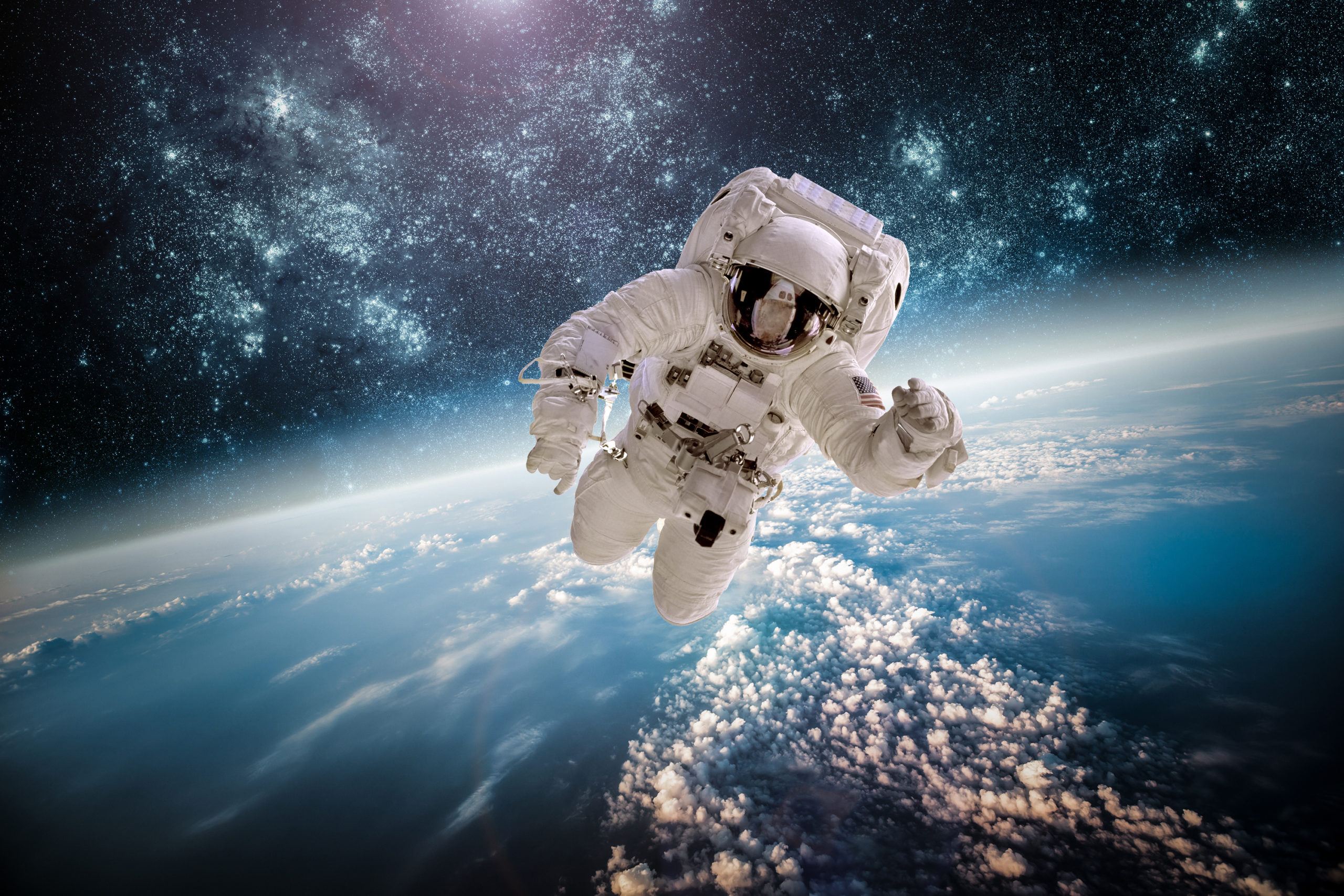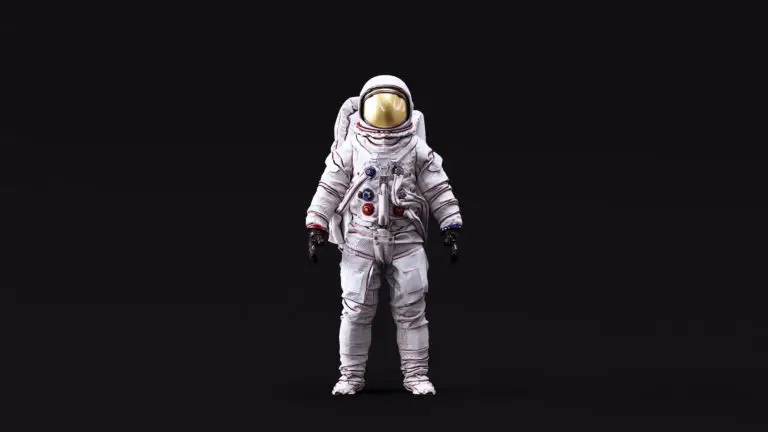Space, the final frontier, has always captivated the imagination of humanity. It’s a realm where the laws of nature are rewritten, where the very essence of our existence is put to the test. But behind the mesmerizing beauty of the cosmos lies a harsh reality—space is an unforgiving and inhospitable environment. In the grand theater of the universe, spacesuits are the unsung heroes that enable our intrepid astronauts to step onto the celestial stage.
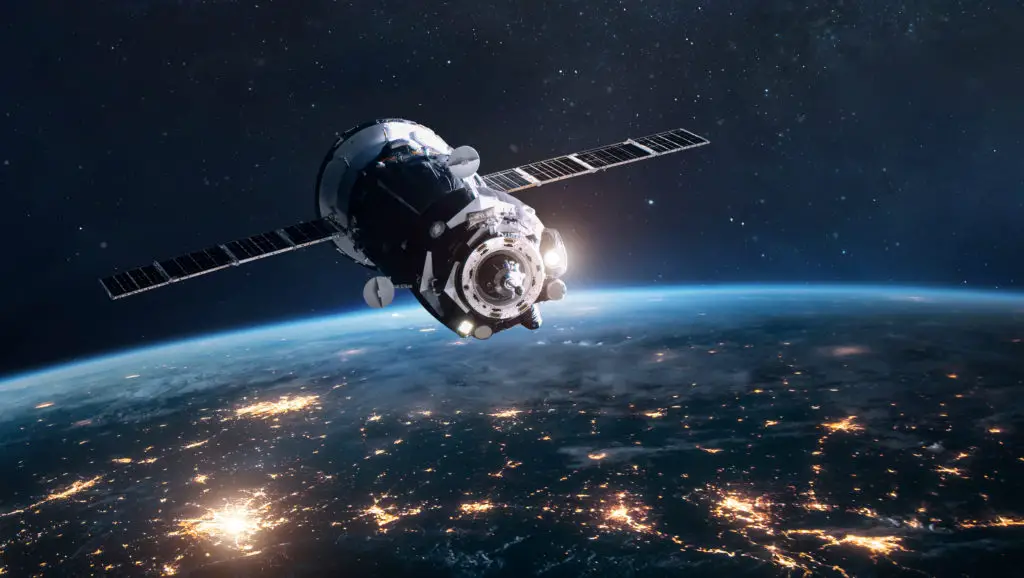
In this article, we’ll delve into the extraordinary world of space exploration and unravel the pivotal role that spacesuits play in keeping our astronauts safe. Beyond the glamorous allure of astronaut helmets and sleek suits lies a life-or-death necessity. We’ll journey through the cosmos to understand the chilling consequences of venturing into space without the protective embrace of a spacesuit. From the vacuum of space to the scorching rays of the sun, you’ll discover the astonishing effects that await the unprotected human body in the merciless embrace of the cosmos. Buckle up, because what you’re about to learn will leave you breathless—quite literally.
Misconceptions about Space Exposure: Separating Fact from Fiction
There have only been just over 600 people in orbit around the planet and only three – cosmonauts Georgy Dobrovolsky, Vladislav Volkov, and Viktor Patsayev – have lost their lives above the Kármán line, the edge of space. But fascination with what would happen if your body was exposed to the vacuum of space has endured, helped in part by how it is portrayed in popular media.
And popular media mostly gets it wrong. Your body doesn’t explode, with bulging eyes and lots of screaming (although the screaming will become useful in a moment). You don’t become a popsicle the moment your helmet is removed. And finally, despite getting a lot of energy from the Sun that could cook you for sure, you won’t burn to death either.
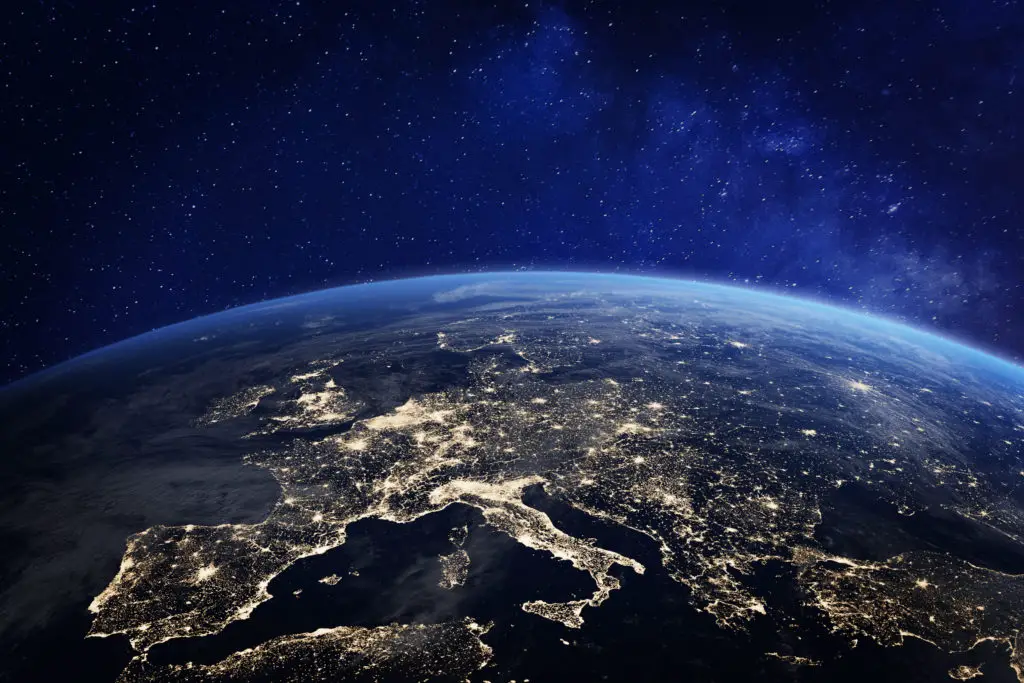
Your unsuited space death will be a lot less dramatic, and hopefully a lot less painful than those other scenarios. And remember that a suited astronaut almost drowned in space, so there are always risks. The things that actually kill you in space sans-suit are the lack of decent atmospheric pressure and lack of oxygen. First up: the lack of atmosphere.
The Harsh Environment of Outer Space
Imagine a place where the rules of our terrestrial world no longer apply—a realm where the ordinary laws of nature seem to have gone on vacation. This is the enigmatic domain of outer space, a cold, unforgiving expanse that challenges the very essence of what it means to be alive. In this section, we’ll unveil the eerie characteristics of space, from its relentless vacuum to its extreme temperatures, and the dire consequences of its oxygen-depleted atmosphere.
The Vacuum of Space: A Silent Menace
At first glance, the vacuum of space may appear tranquil, with its serene emptiness stretching infinitely into the cosmos. However, this apparent serenity conceals a silent, unyielding menace. Space is a vacuum, which means it is utterly devoid of air and atmospheric pressure. The vacuum of space is like an insatiable void that relentlessly sucks away the air and everything else in its path.
In the absence of atmospheric pressure, a series of ominous transformations befall the human body. Without this external pressure to counteract the internal pressure of our bodily fluids, life takes a treacherous turn. Blood begins to boil, not in the sense of a simmering pot on the stove, but at temperatures far lower than you’d ever imagine. The moisture on your tongue and in your eyes evaporates instantaneously, causing your eyes to bulge, but not in a Hollywood-esque fashion. In reality, your skin and underlying tissue are surprisingly resilient and will prevent your body from explosively decompressing. Instead, you’ll endure a slow and harrowing ordeal in the unforgiving vacuum.
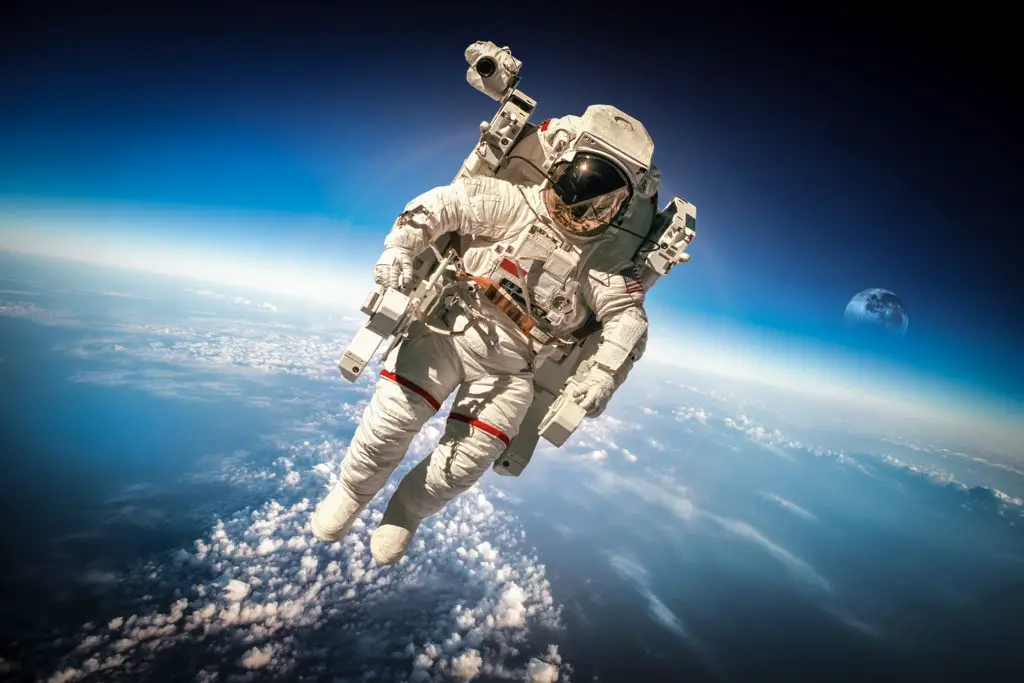
Extreme Temperatures: The Cosmic Deep Freeze and Fiery Furnace
Outer space isn’t just a vacuum; it’s a realm of extreme temperatures that can swing wildly between two unforgiving extremes. When exposed to direct sunlight, temperatures can soar to hundreds of degrees Celsius (or Fahrenheit) on the scorching side of the spectrum. Conversely, in the shadowy depths of space, temperatures plummet to hundreds of degrees below freezing on the frigid side.
These temperature extremes pose unique challenges to the human body. In the blazing heat, unprotected skin can blister and char, while in the frigid cold, frostbite can set in within moments. But remember, the vacuum of space won’t immediately turn you into a popsicle or a crispy critter. It’s the lack of air and atmospheric insulation that makes these temperature fluctuations so perilous.
Lack of Air: Breathless Consequences
One of the most pressing concerns in the vacuum of space is the complete absence of breathable air. Our bodies are utterly reliant on oxygen to fuel our cells and sustain our vital functions. Without it, we suffocate, and the clock begins to tick inexorably.
The lack of air in space leads to a cascade of dire consequences. Within seconds, you’d lose consciousness as your brain and body starve for oxygen. This is a fate far less dramatic than Hollywood’s portrayal of gasping for breath, but no less deadly. Prolonged exposure to the vacuum would lead to irreversible brain damage and, ultimately, death.
Immediate Effects on the Human Body: The Consequences of Rapid Decompression
The Role of Spacesuits
Spacesuits, those iconic and complex garments that astronauts don before venturing into the abyss of space, are not merely fashion statements; they are the very lifelines that make extraterrestrial exploration possible. These marvels of engineering serve a multitude of crucial functions, each meticulously designed to protect astronauts from the harsh and inhospitable conditions lurking beyond Earth’s protective embrace.
- Pressure and Oxygen: Imagine being encased in a tiny spacecraft, where the atmosphere is carefully controlled to mimic Earth’s conditions. That’s precisely what a spacesuit does. It provides a life-sustaining environment, maintaining a stable pressure and ensuring a continuous supply of oxygen to keep astronauts breathing comfortably. Without this, their bodies would quickly succumb to the vacuum of space.
- Thermal Regulation: Space is a study in extremes, with temperatures that can swing from hundreds of degrees Celsius to hundreds of degrees below freezing. Spacesuits act as high-tech thermal blankets, regulating temperature to keep astronauts within a safe range. Insulating layers and a liquid cooling system work in tandem to shield them from the harshest of climate swings.
- Radiation Shielding: Beyond Earth’s protective magnetic field, astronauts are exposed to harmful cosmic radiation and intense solar radiation. Spacesuits incorporate layers of specialized materials that absorb and deflect these harmful rays, safeguarding the wearer from the invisible dangers of space radiation.
- Micrometeoroid and Debris Protection: Space is littered with micrometeoroids and debris hurtling at incredible speeds. A single, tiny impact could be catastrophic. Spacesuits are armored with multiple layers of tough materials, like Kevlar, to shield astronauts from these high-speed projectiles, preventing deadly breaches.
- Communication and Mobility: Staying connected and agile is paramount during a spacewalk or extravehicular activity (EVA). Spacesuits are equipped with advanced communication systems, enabling astronauts to stay in touch with mission control and their fellow crew members. Moreover, they provide the necessary mobility to work effectively in the vacuum of space, with articulated joints and bearings that allow astronauts to perform delicate tasks with precision.
- Helmet Visor: The helmet visor is more than just a window to the stars; it’s a multi-purpose tool. It shields the astronaut from the harsh glare of the Sun, filters harmful UV rays, and even features a gold-coated visor to reflect excess heat, ensuring that the astronaut’s face remains cool and protected.
- Life Support Systems: Spacesuits incorporate a sophisticated life support system that scrubs exhaled carbon dioxide, replenishes oxygen, and manages moisture to prevent fogging. It’s a miniaturized life support system, compactly tucked into the suit to ensure the astronaut’s survival.
Spacesuits are the unsung heroes of space exploration, serving as the ultimate protective cocoon in the most hostile environment known to humanity. Without these remarkable garments, the dreams of venturing beyond our planet would remain but distant aspirations, and the mysteries of the cosmos would remain beyond our reach.
Exploring Similar Topics
While the idea of surviving in space without a spacesuit may seem intriguing, it is crucial to remember that venturing out into the vacuum of space unprotected is extremely dangerous. However, if you’re interested in learning more about space exploration and the incredible feats achieved by astronauts, there are many other fascinating topics to explore:
- Astronomy: Discover the wonders of the universe, from stars and galaxies to black holes and cosmic phenomena.
- Space Stations: Learn about the International Space Station (ISS) and how it supports scientific research in microgravity.
- NASA TV: Tune in to live broadcasts from NASA, including launches, spacewalks, and interviews with astronauts.
- Rocket Science: Dive into the world of rocketry, exploring the principles and engineering behind launching spacecraft into orbit.
- Space Missions: Follow the latest updates on ongoing missions like Mars rovers, lunar exploration, and the search for extraterrestrial life.
Tips for Space Enthusiasts
If you’re passionate about space and want to get more involved, here are a few tips to fuel your curiosity:
- Join a local astronomy club or space-related organization to connect with fellow enthusiasts and participate in stargazing events.
- Read books and articles on space exploration to deepen your knowledge and understanding of the subject.
- Follow reputable space agencies and scientists on social media for daily updates and insights into the latest discoveries.
- Consider pursuing a career in the field of space science or engineering, where you can contribute directly to advancements in space exploration.
The Importance of Spacesuits
While the idea of surviving in space without a spacesuit may capture our imagination, the reality is far different. The lack of atmospheric pressure and oxygen would quickly prove fatal, with severe consequences for the human body. Despite the dramatic scenarios portrayed in popular media, it’s essential to remember that spacesuits are paramount for protecting astronauts during extravehicular activities.
Exploring the wonders of space should be done with caution and proper equipment. So, let’s leave the excitement of space exploration to the brave men and women who venture beyond our planet in their state-of-the-art spacesuits, bringing us closer to understanding the infinite mysteries of the universe.
Sources:
Space Travel Misconceptions and Educational Research
Solar-terrestrial Magnetic Activity and Space Environment
Why Do Astronauts Need Spacesuits?
How long could a human live in outer space without a spacesuit?

This Site Was Inspired By An Interest in Protecting the Environment:
We had the privilege and joy of learning from Dr. Charlie Stine who instilled a love for the natural world through incredible field trips with the Johns Hopkins Odyssey Certificate program in Environmental Studies. At the time, the program was endorsed by the Maryland Department of Natural Resources. Sadly, after Dr. Stine retired, the program was phased out. We hope that we honor his legacy by shining a bright light on environmental issues and sharing good news about the success of various conservation programs when possible.
